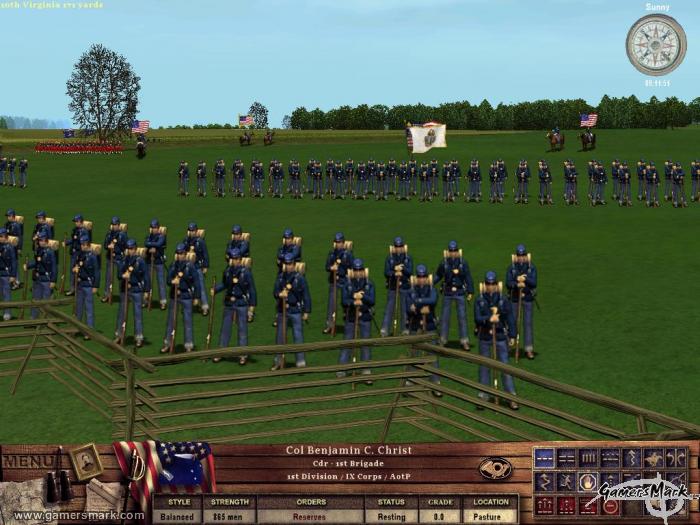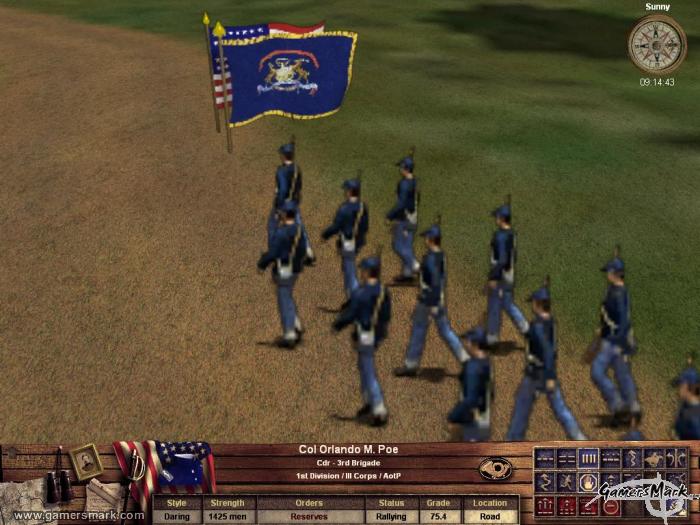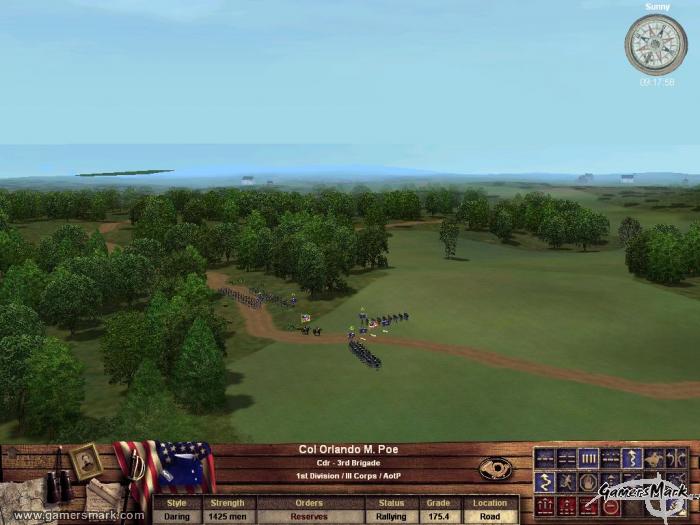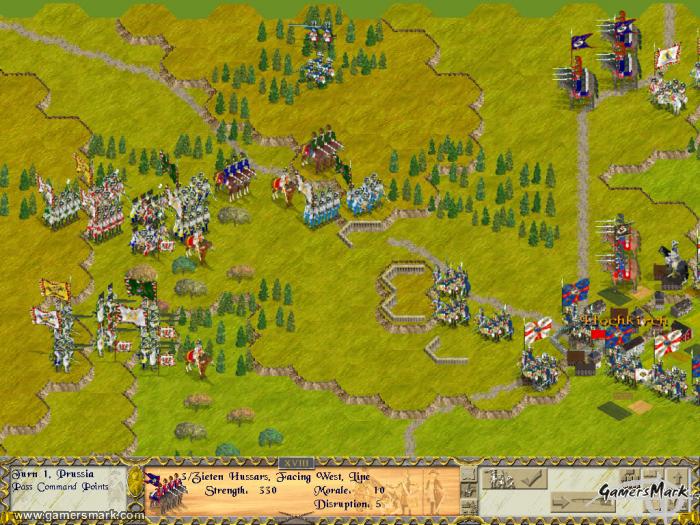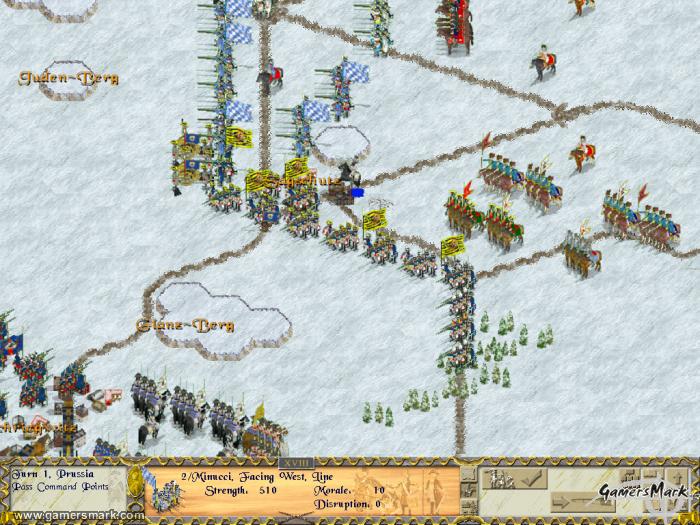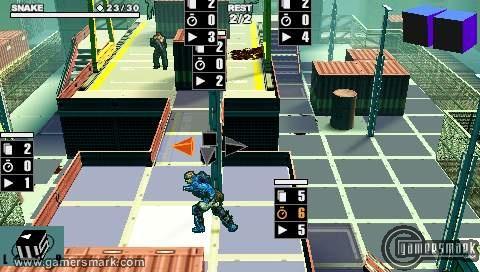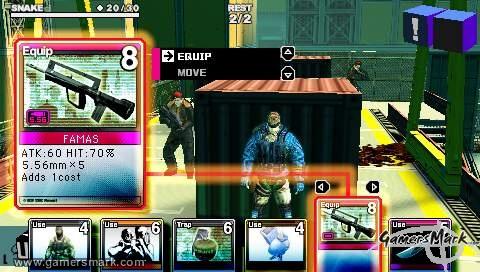Developer/Publisher: Paradox Interactive || Overall: 8.4/10
If anyone has played Hearts of Iron II for the PC, Hearts of Iron II: Doomsday will feel all too familiar. Heck, it’s pretty much exactly the same game except with a couple new layers of situations to play through and a few more options. As a stand-alone expansion, it’s all that’s to be expected really, but if you are yearning for more Hearts of Iron II challenges, it could be worth a look. One thing is for sure though, if you are contested between having to chose Hearts of Iron II or Hearts of Iron II: Doomsday, go with the latter.
Hearts of Iron II: Doomsday is one of the most fleshed out strategy games that I’ve ever seen. Such a massive amount of information is presented to you, all of which you are able to manipulate. The game almost inadvertently creates a very overwhelming feeling when you first start to play. The tutorial mode will help in that respect, but even after that, you’ll have to think fast as you have to deal with military, political, and developmental needs of your country. Taking place on such a large scale, it’ll be a definite challenge to keep up with all the things that are happening even if you put the speed of the game on slow.
The gameplay screen is exactly like a tactical map from a war documentary, as you can see the paths of your units with large arrows. The color of the arrows show what a unit is doing. The world is split up into provinces, and practically every province can be taken over if you play your cards correctly, but it’s easier said than done. You can fight through the whole of World War II exactly as it played out, with the Axis powers losing, or the complete opposite, with the Axis powers winning. You can use your imagination here, I’m sure. What can be a turn-off to some people is that you don’t really see the action unfolding all that excitingly. There are animations of units showing that they are in battle, but you’re not going to be right in the action seeing how units die and stuff like that, so it can be a little boring at times.
However, you’ll be so preoccupied with so many of the other things happening, it’d be trivial to even have something like that included. Your units are also not all displayed on the screen at the same time, so it might seem like you only have two or three units when you really have something like twenty or thirty, just because they all stack on top of each other as long as they’re in the same province. Units like airplanes and naval craft are in ports, so you have to click on the port itself to activate that particular unit. You can view the map in different ways, through terrain, political boundaries, wealth, and others, to help you plan out how you go about moving your military. There wasn’t really anything that was noticeably improved from Hearts of Iron II in the expansion, but either way the user interface is about as good as it can be for what is accomplished.
History only sets up the platform from which you will take control of the game… depending on what year you start out in. This brings us to the main scenario that has been added to the game: Doomsday. I suppose you can call it science-fiction, but Doomsday takes place in 1945, directly after the end of World War II. The Soviet Union decides it’s a good idea to go ahead and start to take over the world, especially when they feel threatened by a couple of US-owned atomic bombs sitting in airplanes in Turkey. So when the Soviet Union starts advancing into the war-weary Western Europe, the US drops those atomic bombs on Moscow and another city in Russia and completely destroys them. Boy is Russia mad now. They’ve already got practically half of the world’s provinces under their control, especially with taking back many of the provinces that had been taken over by Nazi Germany. So now Europe, the United States, and the rest of its allies have a heck of a task ahead of them in defeating the Soviet Union when they’ve exerted so much of their power on defeating the Axis powers. The Doomsday scenario is a lot more fast-paced than others included, since so many things are happening at the same time. One could even say that the Doomsday scenario was what the Cold War could have been if things had heated up right after the war had ended.
Since Hearts of Iron II: Doomsday is an expansion, a couple of gameplay features had been added to influence how the game can be played. Nuclear weaponry being the most apparent, there is also intelligence, and more technology to be researched. Intelligence will help in being able to steal technology from other countries, or cause some trouble in another country you don’t exactly like. The additions are welcomed, but they’re not nearly enough of a change from Hearts of Iron II to really worry too much about.
Graphics and sound are still the same as Hearts of Iron II. The graphics are nothing special at all — you’ll be looking at a very plain, but colorful, world and of course unique-looking units, but that’s about it. The music is nice to listen to, as it is a bit empowering in your military struggle against your foes. However, a good PC is a must for playing the game. I experienced a little bit of lag while playing the game and it isn’t even that bad of a computer. The processing power required running the complexity of the world and its huge amount of provinces and military movements across the whole thing is quite certainly a lot. Multiplayer modes are also included.
With plenty of dedication on your part, you can uncover a rewarding experience in Hearts of Iron II: Doomsday. Being able to play as so many different countries for the same scenario results in a large amount of replay time if you get so inclined to play the game for all its worth in that respect. Hearts of Iron II: Doomsday is one of the most advanced strategy games to date, and hardcore strategy gamers will find a great challenge in it.

